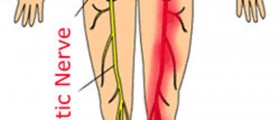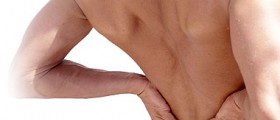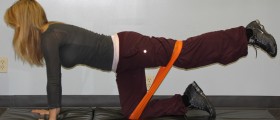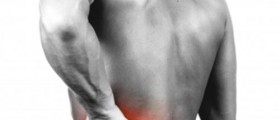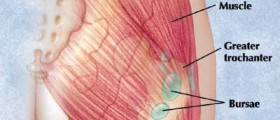Pain in the upper thigh can have a variety of causes — and although most are short-term and self-limiting, there are cases in which you should seek medical attention.
Hamstring Injury
The thigh is made up of three large groups of muscles. These are the hamstring muscles, which are found at the back of the thigh, the quadriceps muscles, which are at the front area, and the adductor muscles, which are in the inner side of the thigh.
The hamstring muscles work with the quadriceps to straighten and bend the leg while the adductors pull the leg towards the center. The hamstrings and quadriceps are strong muscles that originate from the hip and cross to the knee joint. Aside from walking and running, these muscles are often used as you carry out strenuous activities like football, soccer, basketball, and long jumps.
The hamstring muscles may be injured due to overstretching, tearing or rupture of the muscles. Injuries may occur during a sudden sprint or jump from a still position. Muscle strain can also occur when an athlete trains without adequately warming up or when fatigue sets in towards the end of a game or training session, and similar injuries may occur after a sudden burst of excessive physical activity, for instance because you are doing some DIY around your home or have decided clean your garden. Other contributory factors include muscle weakness, muscle tightness, and tightness in the lumbar spine.

Symptoms of hamstring muscle strain include sudden, severe pain at the back of the upper thigh that is accompanied by a popping sensation. Tenderness in the area and bruising due to broken blood vessels may also be observed.
Hamstring Tendonitis
Inflammation and pain involving the tendons connected to the muscles may occur due to inadequately managed hamstring muscle strain. This is common among short distance runners, who may continue exercising intensely despite muscle strain. The pain often involves the buttock and arises slowly as a deep burning pain after exercise. It may also be felt as a sharp pain in the lower buttock. If untreated, muscle tightness and weakness may be experienced.
Sciatica
Pain in the upper back of the thigh may be caused by irritation of the nerve roots coming from the lumbar and sacral spine. These nerve roots join to form the large sciatic nerve, which runs down from the lower back to the back of the leg. People may experience symptoms of sciatica — pain and inflammation of the sciatic nerve — in various different ways.
To some people, sciatica may be a severe type of pain at the back of the thigh, which is worsened by sitting down. Others experience a burning pain, shooting pain, or constant pain. Some also feel some numbness or tingling in the leg while others have weakness or difficulty in moving their leg or foot.
Referred Pain
Low back pain that originates from the sacroiliac joint may be referred to (transmitted, or radiated from) the groin, the buttock and the upper thigh. This type of pain tends to be dull and achy, and the feeling may come and go. The pain may also be migratory, meaning it may tend to move around. That makes it harder to determine the source.
Treatment for upper thigh pain
Treatment of upper thigh pain depends on the specific cause, but in general, one must rest and stop any activity that causes pain. The application of hot and cold therapy and the use of pain medications also help relieve inflammation and pain. As the pain improves, physical therapy may be advised to strengthen the muscles and improve leg function.
To make sure you are taking the right steps to improve not just your pain but also manage the underlying cause, seek medical attention if you have had tigh pain for a while now, and it does not seem to be improving.
- WebMD. Sciatica. http://www.webmd.com/back-pain/guide/sciatica-symptoms
- AAOS. Muscle Strains in the Thigh. http://orthoinfo.aaos.org/topic.cfm?topic=a00366
- Injury Treatment. Posterior (Back) Thigh. http://www.injurytreatment.com.au/search-injury-information/upper-leg-thigh/posterior-back-thigh
- Spine-Health. Low Back Pain with Referred Pain. http://www.spine-health.com/conditions/lower-back-pain/low-back-pain-referred-pain
- Photo courtesy of SteadyHealth




